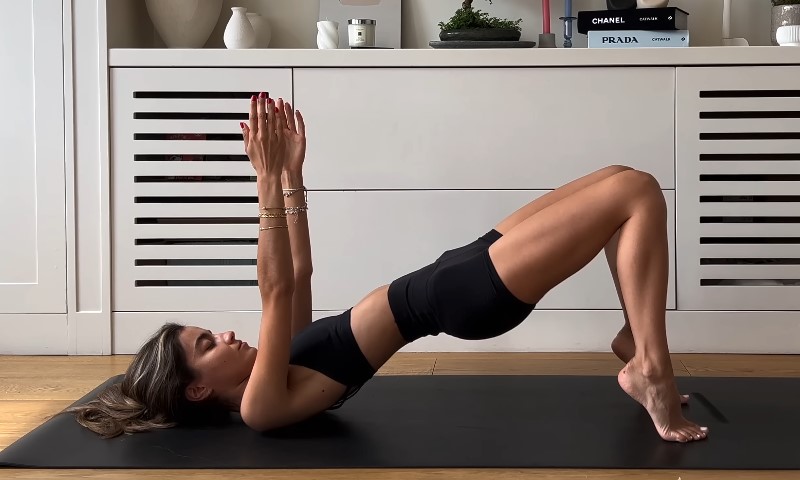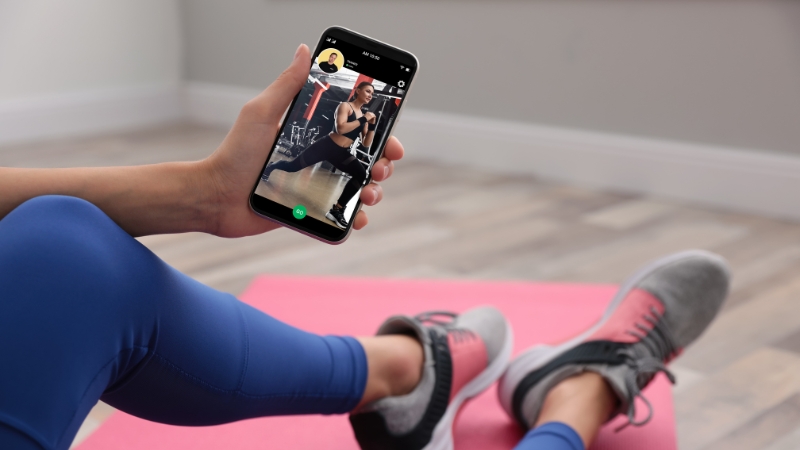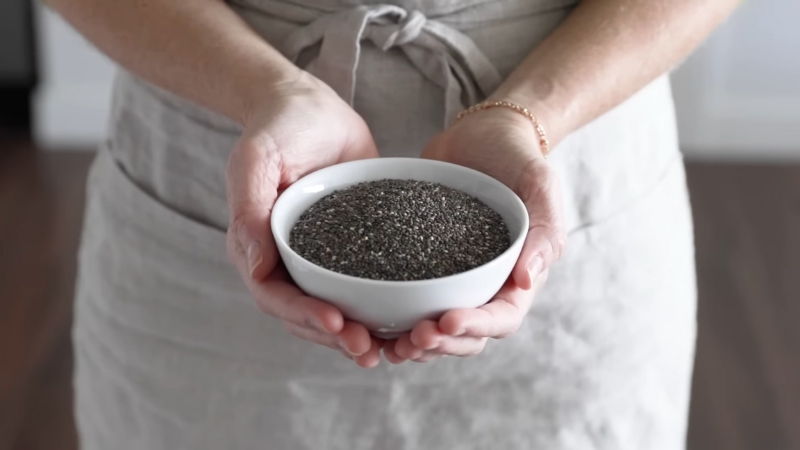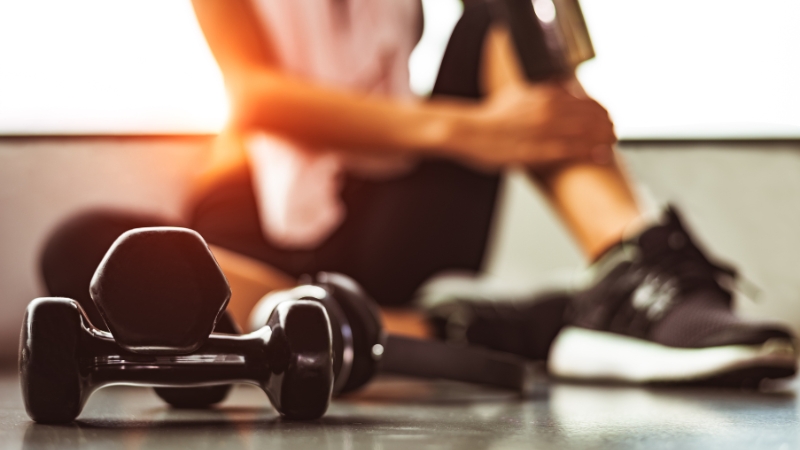
Share Post:
Starting a new workout routine is exciting, right? You’re pumped, ready to crush your goals, and maybe even a little nervous. But let’s be real—getting injured is the fastest way to derail all that motivation.
No one wants to deal with annoying setbacks like pulled muscles or achy joints when you’re just getting into your groove. So let’s cut to the chase: staying injury-free is all about working smarter, not harder.
Here’s how you can set yourself up for success without putting your body through the wringer.
Table of Contents
Toggle1. Know When to Seek Help

If you’re unsure how to use a machine, perform an exercise, or create a workout plan for women, ask for help. Trainers and fitness professionals are there to guide you. They can teach you proper technique, suggest modifications, or create a routine tailored to your goals and abilities.
2. Ease Into It

But doing too much too soon can lead to burnout: or worse, injuries. Start with manageable workouts.
If you’re running, try alternating between walking and jogging.
If it’s strength training, stick with lighter weights before moving up. Give your body the time it needs to adapt to the new demands.
3. Warm Up the Right Way
Skipping a warm-up is like jumping into a cold pool, it’s shocking to the system. A proper warm-up helps prepare your muscles, joints, and mind for the activity ahead.
Aim for dynamic movements, such as leg swings, arm circles, or body weight squats, instead of static stretches.
Dynamic movements mimic the exercises you’re about to do but with lower intensity, getting your blood flowing and your muscles ready.
4. Listen to Your Body’s Signals
Pain is your body’s way of saying something’s wrong. There’s a big difference between pushing through discomfort and ignoring outright pain. Soreness after a workout? Totally normal. Sharp, stabbing, or sudden pain? Stop immediately.
5. Focus on Form Over Speed or Weight
One of the easiest ways to get injured is by letting your form slip, especially when you’re trying to go too fast or lift heavier weights than you’re ready for. Pay attention to your posture, alignment, and technique for every movement.
For example:
- Keep your knees aligned over your toes during squats.
- Engage your core to protect your lower back during planks.
- Don’t lock your elbows during push-ups or presses.
Mastering the basics will help you avoid unnecessary strain and build a safer, stronger foundation.
6. Don’t Skip Rest Days

Your body needs time to repair and strengthen itself after workouts. Overtraining can lead to fatigue, poor performance, and increased risk of injuries. Schedule rest days or active recovery days (like light yoga or a casual walk) into your routine.
7. Wear the Right Gear

For runners, good shoes that suit your gait and foot type are a game-changer. For weightlifters, supportive gloves or a belt might be helpful.
Your clothing should allow for freedom of movement but also provide enough support where it’s needed.
8. Stay Hydrated

*If you’re doing a particularly intense workout or sweating a lot, consider electrolyte drinks to replenish lost minerals.
9. Fuel Your Body Properly
If you’re exercising first thing in the morning or don’t have time for a full meal, a small snack—like a banana or a handful of nuts—can provide the energy you need.
Post-workout, aim for a snack or meal that helps with recovery. Protein helps repair muscles, while carbs replenish glycogen stores.
10. Don’t Compare Yourself to Others

But fitness isn’t a race or a competition. Everyone’s journey is different, and so is their starting point.
11. Switch Things Up

By keeping things varied, you’ll challenge your body in new ways and reduce the strain on any one area.
12. Celebrate Progress Without Overdoing It
Hitting a milestone, like running a mile without stopping or lifting a heavier weight, feels amazing.
Celebrate it! But don’t let the excitement push you to overexert yourself. Progress should be gradual.
13. Cool Down After Every Session
After a workout, cooling down helps your heart rate and breathing return to normal while preventing stiffness and soreness. Stretching your muscles while they’re warm can also improve flexibility and reduce the risk of injuries.
Wrapping It All Up
Starting a new fitness routine is a rewarding decision, but safety should always come first.
By pacing yourself, using proper technique, and giving your body the care it deserves, you’ll be able to enjoy your workouts and progress without setbacks.
Related Posts:
- Top 8 Mistakes New Gym Owners Make and How to Avoid Each One
- Tirzepatide for Weight Loss – What Women Should Know…
- Resuming Sports After a Head Injury - How to Know…
- Tips for Maintaining an Exercise Routine as a Nurse
- 10 Safety Tips Every Runner, Walker & Jogger Should Know
- Starting MMA as a Woman - What to Expect in Your…














